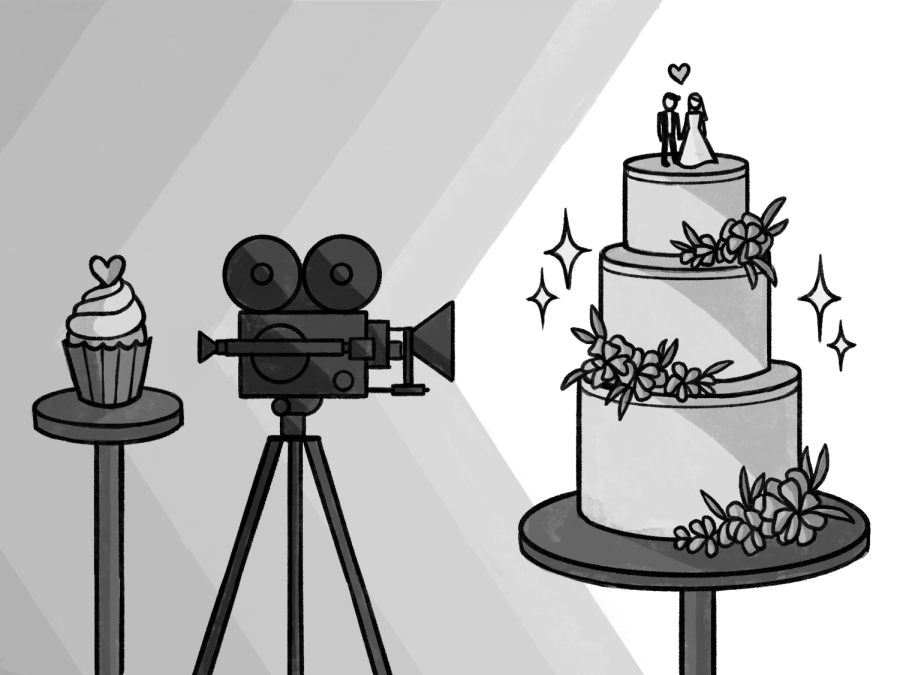OPINION: Beauty and magic? The hyperreal is far from real
When something in a film, TV show or book is popular, it will probably be seen in a plethora of following material. Because it is so appealing, people tend to replicate it, and the replications also then become popular. French sociologist Jean Baudrillard called this blurring of reality and art hyperreality. Baudrillard believed that eventually, most media would be an inspiration of a replication of an inspiration, to an uncountable magnitude.
This idea stems from postmodernism, an era where media is produced to the level that it crosses the boundary between fantasy and reality. At what point is media defined by culture, or culture defined by media? According to Statista, 500 hours of content is uploaded to YouTube every minute. This trough of content fed to us must have a considerable effect on our modern culture.
Baudrillard was a pioneer of postmodernism, where the very perception of reality is based on media, which in turn is based on reality. What is first thought of when a princess is mentioned? A pretty girl in a pink dress, or an average woman of a medieval royal family. Our grasp on what is real is nearly identical to the emulation of reality.
One part, seen in “The Lord of the Rings,” is the brotherhood between the main characters. Strong bonds among friends or relationships are appealing and survive mediatic evolution, seen continuously throughout the film industry. “The Lord of the Rings” series is not the first piece of entertainment to contain such a brotherly relationship.
Many movie franchises display idealized versions of brotherhood. In “The Lord of the Rings,” all of the characters from The Shire show a great relationship, and despite some bumps, they end the series with a strong bond. The brotherhood is a tried and true trope in story writing, that one writer copies from another.
Such copying is apparent in other tropes, such as romance. This repeated imitation is even what causes them to become tropes in the first place by changing how we view them, so the TV we watch and books we read are more real than actual reality, or hyperreal.
Ever since the popularization of television as a means of spending time in the United States, it has been used as a tool of mass communication and has become a large part of some people’s lives. So seeing idealized versions of human relationships and friendships leads to consequences. Particularly in the saturation of expectations, tied into what is commonly seen in traditional media.
Our conception of love, for example, is skewed. Love is not as beautiful as Hallmark movies and Michael Bublé shows make it out to be. Love-stricken construction workers do not actually hurdle security boundaries at airports to profess their undying admiration to the real estate developer they just met. True relationships are not found in the idealized twinkle and sparkle of winter’s starlights as they are often painted to be.
Our notion of the relationships and friendships of what makes humans human, has been taken advantage of for the purpose of storytelling and money making. People have to take a step back and enjoy what is really around them, not what they think should be there.


